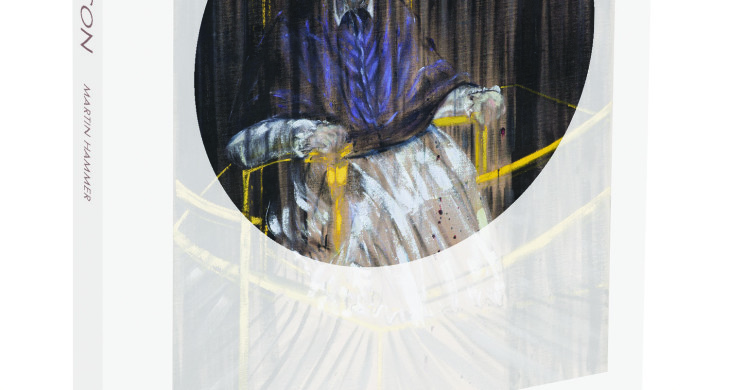Who is Francis Bacon? A new book from Phaidon aims to answer the entirety of that question in a chatty 120+ page book. Part of a new series, Phaidon Focus, each book revolves around the life of a “renowned modern master” (other titles cover Louise Bourgeois, Donald Judd, Henry Matisse, Cy Twombly and more). It is a petite art book, shy of 8″x10″, reducing Bacon’s towering and powerful works to sandwich sized frames for casual coffee table consumption.
The writing produces a persona of Bacon through an illustration of several platforms; biography, visual narratives, and connections between artists both of his time and past. There is a particular interest in his romantic relationships, first his patron and lover Eric Hall and later the “former” boxer George Dyer. The book offers a chronological breakdown of his life and work and is a straightforward snapshot of who he was.
The book expounds on Bacon’s interest in the human figure by addressing the fleshy forms he often conjured in his works, and draws a line between the personalities in his life and how they informed his interest in the body. His paintings carry distorted, refracted, and destructive qualities that seem to be a direct influence of war and the disappearance of bodies–the deaths of his lovers. He often worked from photographs, preferring a stagnant model. Form, figure, and movement come together in his work to explore his propensity for “exhilarated despair.”
Having not previously studied Bacon extensively, I walked away from the book knowing more about his social life and methodologies for art making. The book knows itself to be an “indispensible introduction” but that is an embellishment of its lightweight exploration. The book offers a casual glance into the messy studio and complicated heart he worked in. At the end I felt hungry for more. And so the book is true to its mission, as a thoughtful introduction.
Reviewed by Christopher Golden
























